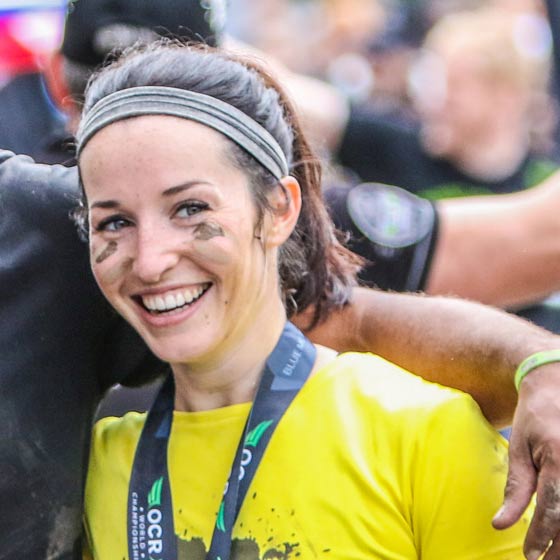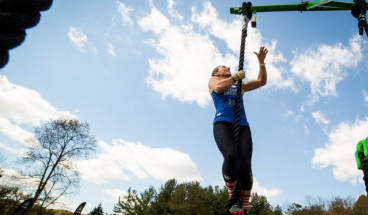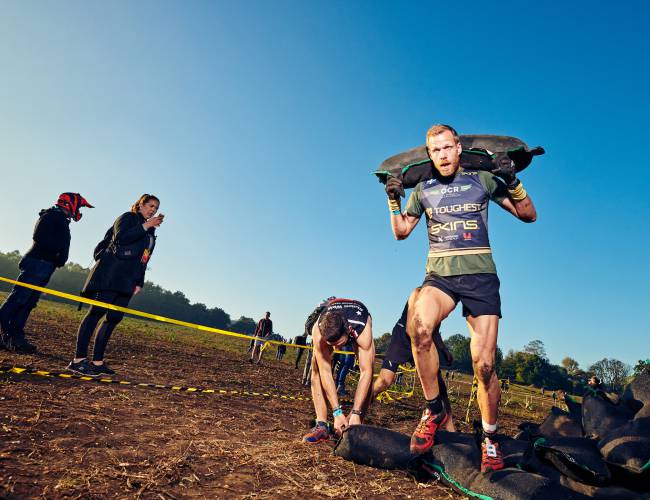
Myths Debunked: OCR for Beginners
As big as the sport of Obstacle Course Racing is, and is becoming, there are still a lot of people who don’t know what it is. For OCR beginners who have heard of it but don’t take part, there are a lot of misconceptions that we wish we could correct. Over the years, these are a few of the most common ones I’ve come across.
You have to be ex military or an elite athlete to take part.
One of the most beautiful things about obstacle course racing is how inclusive it is. For some people, this is the point of OCR; for others of course it’s the competition, but I think many outsiders would be surprised at how much many of those Elites enjoy getting out with us normal guys and having fun.
OCR is what you want it to be, and if you want it to be all encompassing, trust me, you will find the people to help you and run with you. It’s because of this that, no, you don’t have to be an athlete or ex-military to join in. The roots may be military, but think of it as the watered down version for us civvies. No one is going to judge you, or laugh at you if you can’t do something.
You can’t actually fail. You never need to worry about how you’re seen on the course. OCR tests all of us differently, everyone out there has respect for it, and for what different people achieve out there. Whether it’s the 65 year old grandmother, the shy teenager, or the hen party just there for fun.
The competitive side, that’s totally optional.
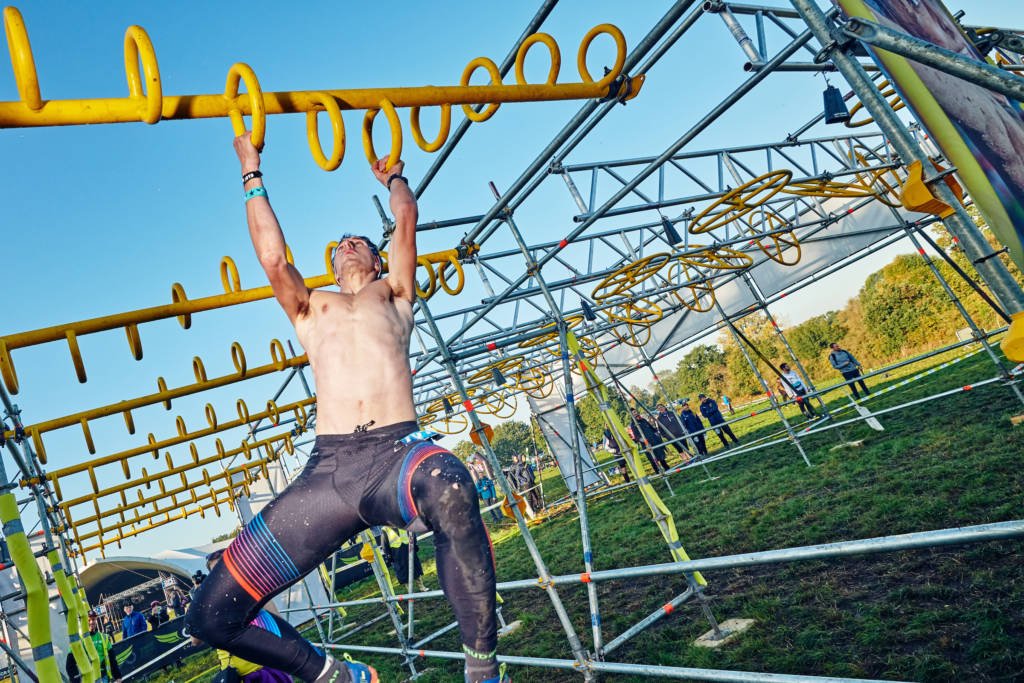
It’s Expensive.
It can be, but there are also ways of doing it cheaper. Find local races, to cut down on travel and lodging expenses, and of course, there’s always the best option: volunteering. Most races will offer anything from a hefty discount to a full free race. Often, you can volunteer in the morning and run the same day.
If volunteering isn’t your thing, look out for early bird prices, discount codes, and group or team discounts. Personally, I’m not a huge fan of the discount code hunting, there are many races I am willing to pay full price for because of their awesome quality, however, these codes exist to encourage people and get them out and active, so make the most of them!
You need fancy kit.
Where I live in the UK, there’s actually very little in the way of OCR. We have a local race about once a year, I don’t know why, perhaps the terrain, or we just don’t have the audience. Anyway, when you do this race it tends to feel like the beginning of OCR, the early days. Lots of newbies, who are really excited, full of trepidation, and a little fear. You also see people running in whatever clothing they have.
My favorite girl I ever saw ran a very wet and muddy 5K course in very thick jersey tracksuit bottoms, and a hijab. Let me tell you, she was having an amazing time, laughing, joking, and having lots of fun. She also wasn’t doing too badly. This is the story I use when I want to highlight that whilst kit is useful, it’s not necessary.
If anyone asked me I would always say a pair of trainers with good tread will help you, and make it possibly safer, but if you only plan to do one race, don’t spend money on something you won’t use again. The kit is something we work out and collect along the way, but it’s far from necessary and shouldn’t be a stumbling block to you trying something out.
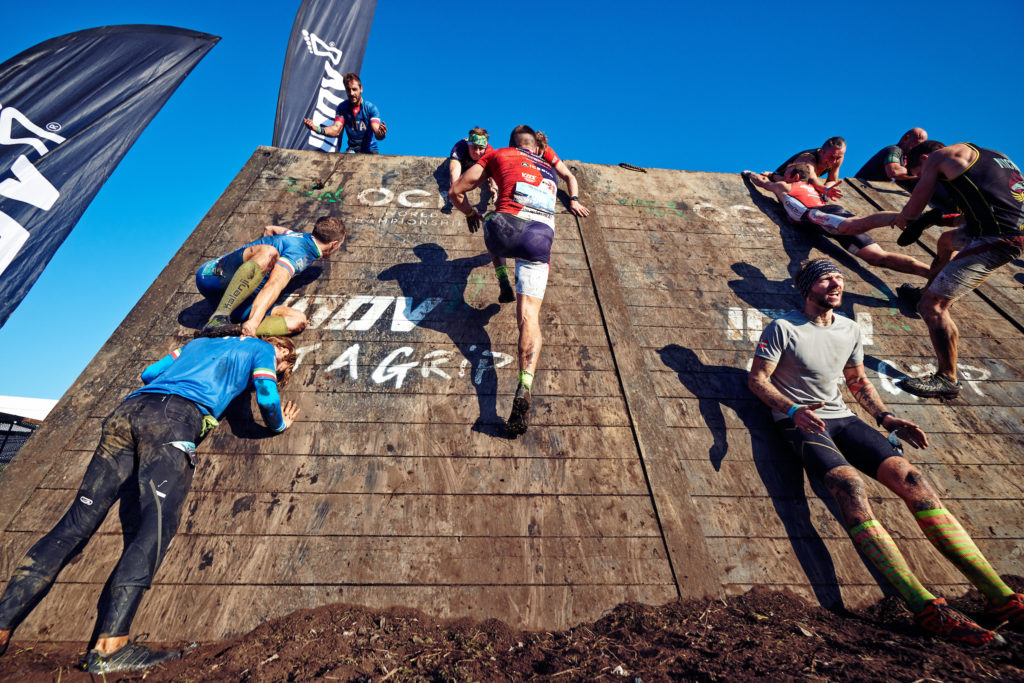
You need special equipment to train.
I’ve been running OCR for 5 years, and I’ve been to an OCR specific training centre twice. That’s it. It wasn’t even that advanced. The most useful thing I learnt there was techniques for obstacles, but I already had the strength in me. There are some mega technical obstacles in OCR which, if you’re serious about competing, you’ll want to tackle before your race, but for the regular guy like me, I can find most of what I need down at my local park.
My strength training came initially from bootcamps, and once I’d built up some fitness, CrossFit. I recently put a pull up bar in my bathroom door which I use a few times a day, and to be honest that’s probably the biggest leap in my training in years. Running is done on the roads, or wherever you can find a trail. Carry things, run through water, move logs. The training can be so basic: Run, lift stuff, hang from stuff. Don’t let the lack of equipment be your biggest obstacle.
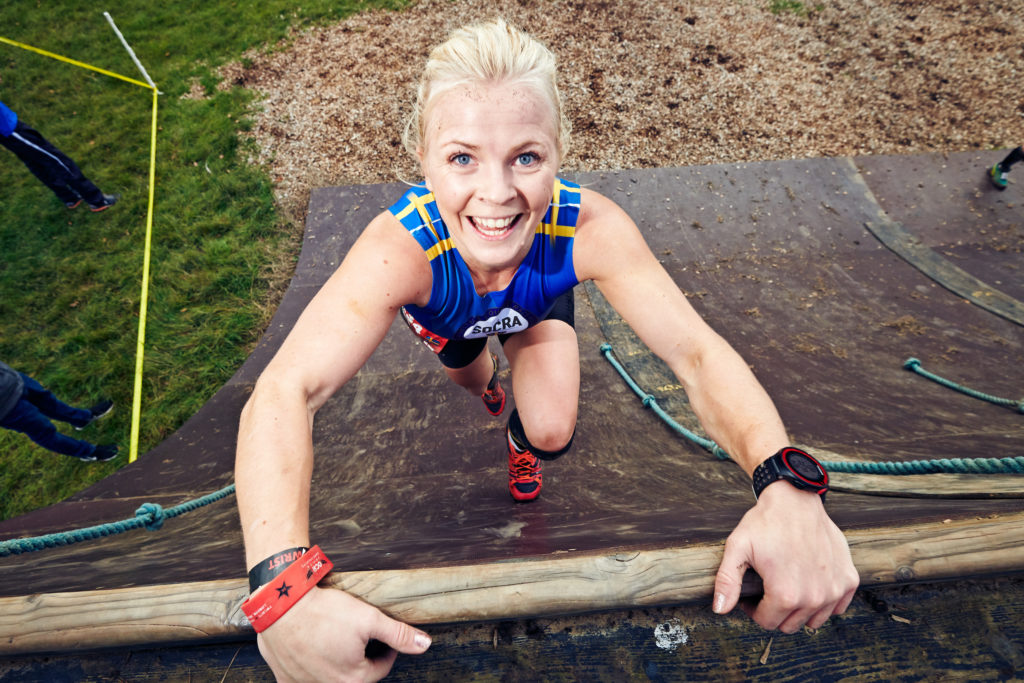
It’s Scary
Yes it is scary. But why is that a bad thing? I still get scared now. There are some courses which make me quake in my Inov-8s. So what? Have you ever achieved anything by sitting on the sofa, wrapped in a blanket, all warm and fuzzy? (Ok, so that may be lovely, but it doesn’t help you grow), maybe you say you don’t care and you’re happy how you are, but I wonder how many people truly believe that?
There’s always something more, something bigger that we can achieve, and we just need to find the key to unlock it. For myself and millions of other people, this has been scaring us out of submission, pushing our bodies further than we thought possible. Failing, working harder, and trying again. Questioning, can I do this? What happens if I can’t? Trust me, scared is a good thing. In the immortal words of Rocky Balboa “I think you try harder when you’re scared. That’s when it’s worked best for me.”
Oh, and ask me if it’s like Tough Mudder One…More…Time…
-Francesca Chiorando
Francesca is an avid obstacle course racer, TV host, and blogger at Mud Is My Makeup. Follow her Instagram at @MudIsMyMakeUp and @FranChiorando
